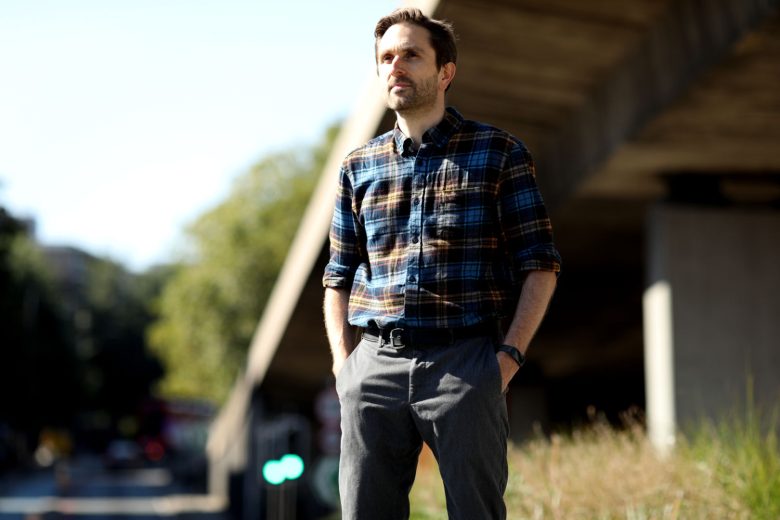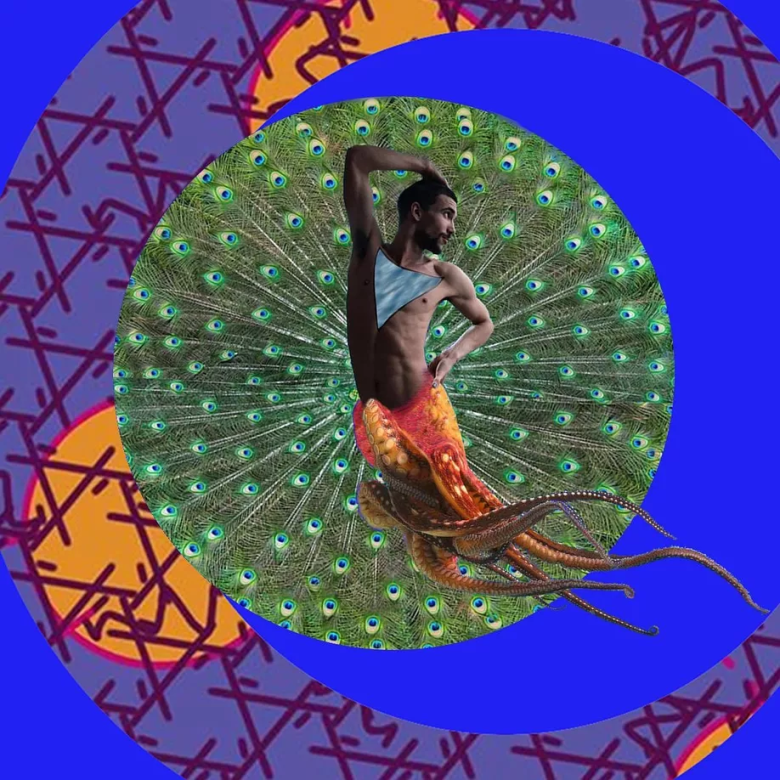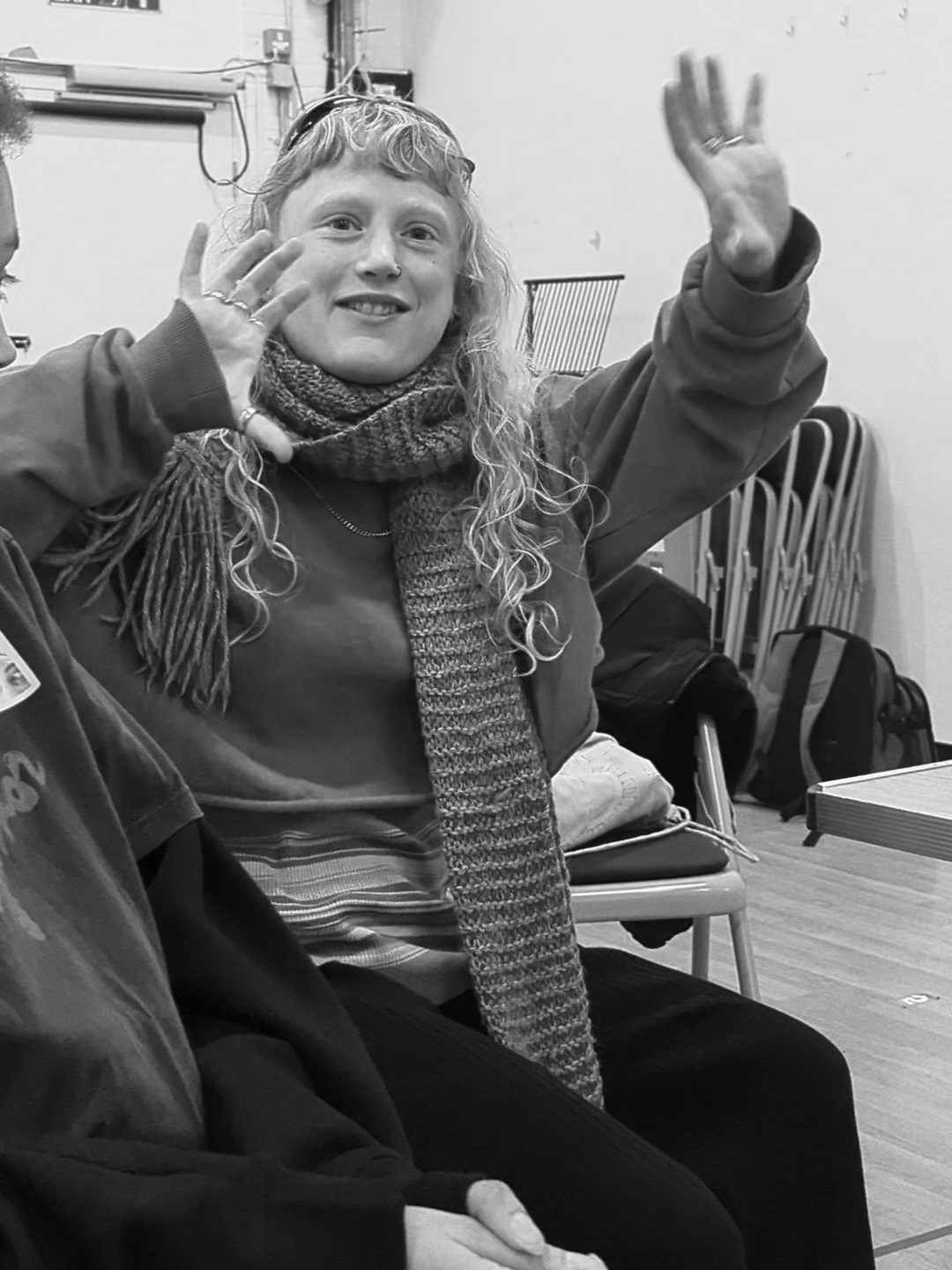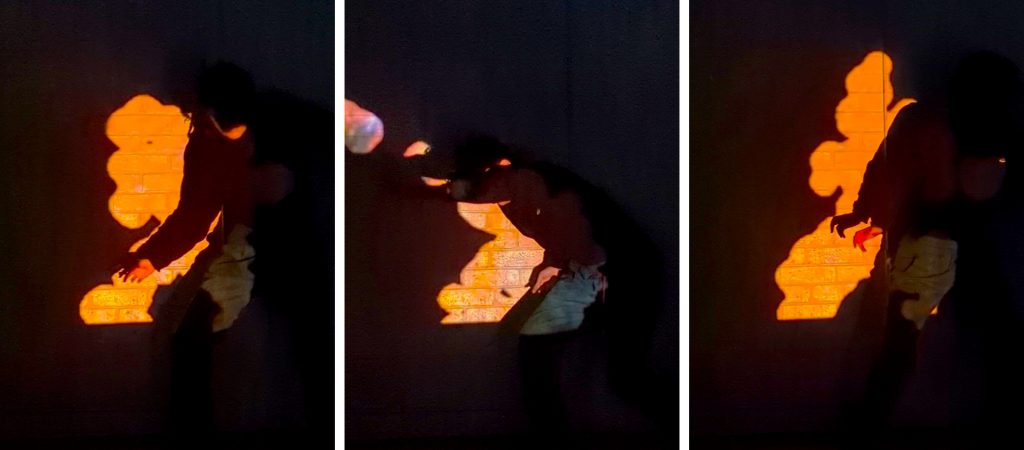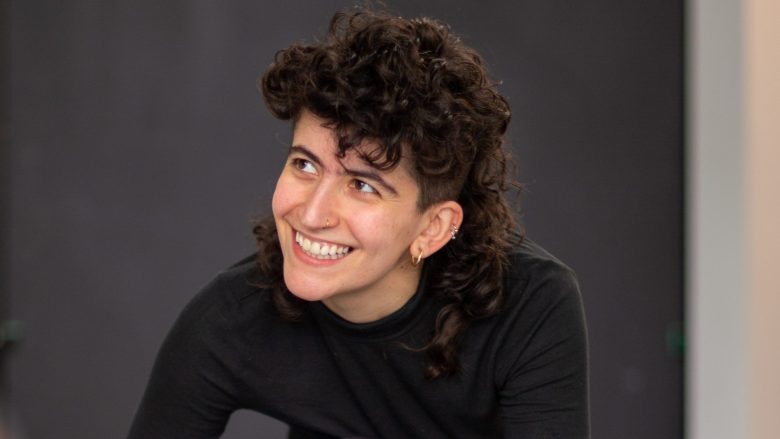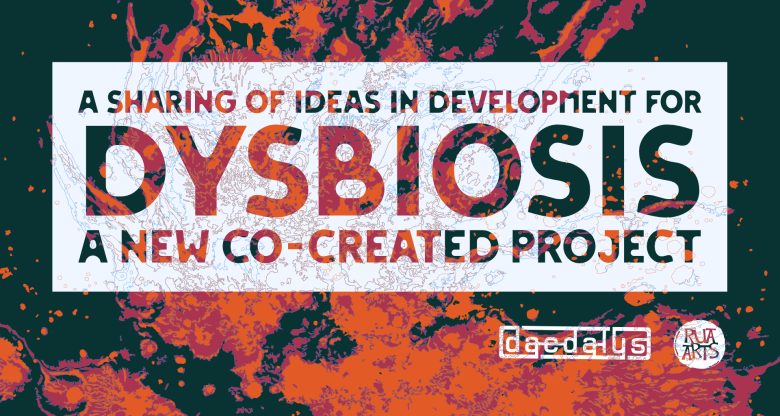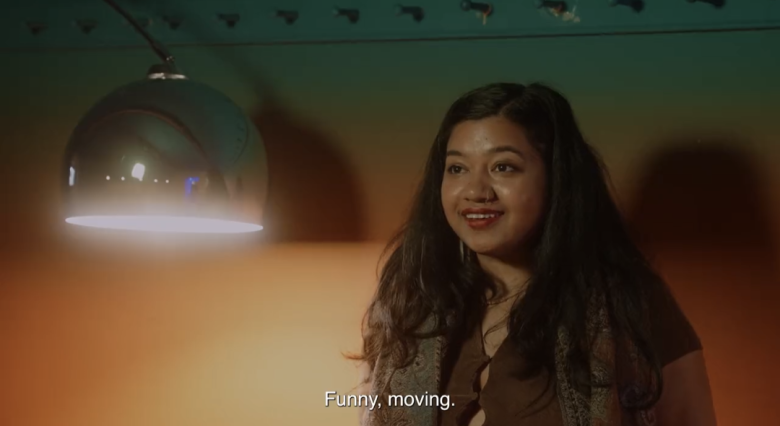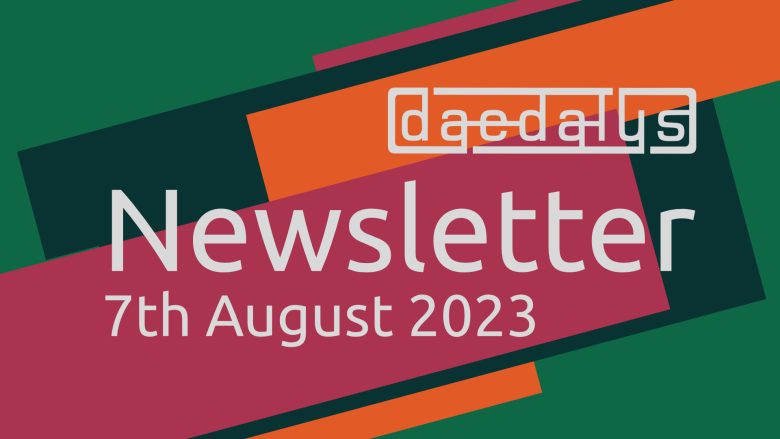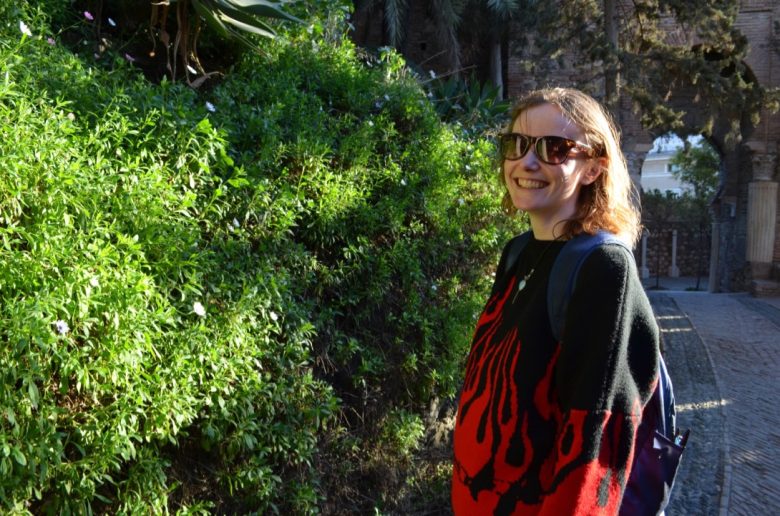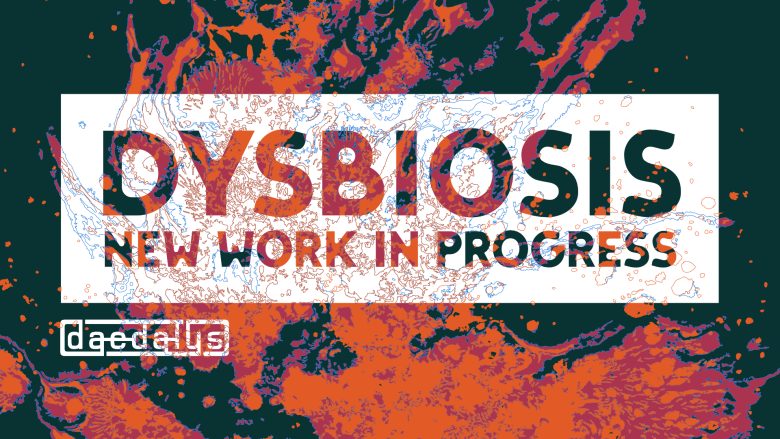For our final Dysbiosis artist spotlight, we meet director, writer, and performer Nuke Lagranje (he/they), whose work draws deeply from his experiences as a queer, neurodivergent person. In the first R&D phase in 2023, Nuke embodied one half of a two-headed, non-human creature—an abstract entity accidentally conjured by an artist. This creature weaves together elements of fairy lore, huldras, and other mythological beings, reflecting a connection to nature and the unseen.
Assistant Director Tasnim sat down with Nuke to discuss his creative practice, the intersections of queerness and nature, making new connections in the industry, and more.
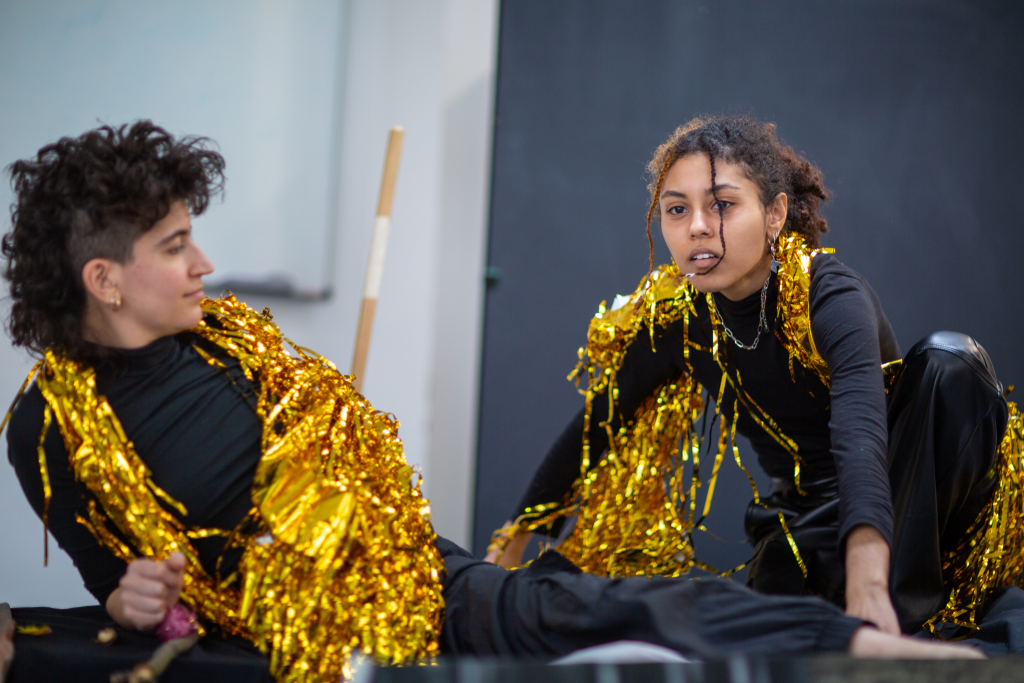
Tell us about yourself and your creative practice.
My name is Nuke. I direct, write plays and prose and act now and then. My focus when I write or direct is usually magical realism, social activism and psychology. I produced, wrote and directed Constant Reprises. I am Spanish-Dominican, I grew up in Madrid, moved to England for university then moved to London after graduating from Portsmouth. I am queer, Black-Caribbean and… I love dogs.
What does ‘dysbiosis’ mean to you?
